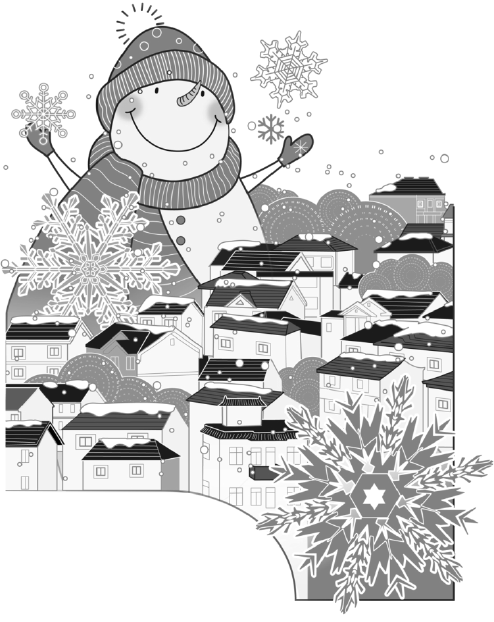Editor's Note: China has been witnessing a boom in "ice and snow tourism". Two experts share their views on the emerging tourism sector with China Daily's Wang Kan. Excerpts follow:
Winter Games a catalyst for rising winter tourism
As an emerging tourism sector, "ice and snow tourism" is full of potential. In 2018 and 2019, the ice and snow tourism sector recorded 224 million trips, with its revenue reaching about 386 billion yuan ($55.99 billion). And, according to a recent report, the sector is expected to continue its fast development in 2020 and beyond.
Currently, China's ice and snow tourism involves mainly skiing, ice-skating, and ice and snow sculptures. China's vast northern and northeastern region is endowed with immense natural resources and advantages, making it ideal for developing ice and snow tourism, by providing high-quality services for winter tourists and upgrading its tourist facilities and products. Also, by combining folk customs, art performances, sports, cultural heritages and other tangible and intangible products with ice and snow tourism, some areas can promote local economic development in an all-round way.
Ice and snow tourism also can popularize winter sports, which in turn would boost the sales of winter sports equipment and necessitate the construction of more stadiums.
Thanks to government stimulus and encouragement, ice and snow tourism has seen remarkable development in recent years. First, China is on its way to realizing the goal of building a moderately prosperous society in all respects and its per capita GDP has crossed $10,000, and as a result, more and more Chinese people are going on holidays.
Second, with many seeking adventure tourism, ice and snow tourism has become an obvious choice for an increasing number of people. Also, the fact that Beijing and Zhangjiakou, Hebei province, will host the 2022 Winter Olympic Games has made people more enthusiastic about winter sports.
Regions other than northern and northeastern China can also develop winter tourism and promote winter sports by using different strategies and marketing means. For example, they should decide whether they want to promote winter sports, ice and snow amusement parks, or cultural themes based on the geographical location and tourist-handling capacity of a place. But they should not take measures that could damage the environment.
And in order to boost ice and snow tourism, local tourism agencies should offer better quality service. In this regard, they can learn from the practices of their European and North American counterparts.
Tourism helping improve urban public facilities
Balanced development of ice and snow tourism is of great importance to environmental and ecological protection. Thanks to reasonable and orderly arrangements, ice and snow tourism has brought immense economic and social benefits to people in many areas.
In particular, Liaoning, Jilin and Heilongjiang provinces, and Zhangjiakou city in Hebei, due to their rich ice and snow resources, have the right conditions to develop winter tourism. In fact, ice and snow tourism accounts for 40-50 percent, even more, of the revenue of some cities such as Harbin in Heilongjiang.
In addition, ice and snow tourism can help improve a city's public facilities. For instance, cities attracting winter tourists would be prompted to improve their transportation network and other public service facilities.
Different factors are responsible for the rapid development of ice and snow tourism. For example, supply-side structural reform and the measures taken by governments at all levels to encourage more people to play and follow winter sports in the run-up to the 2022 Winter Olympics have injected new energy into the winter tourism sector. As to the demand side, people from southern cities, especially Shanghai, Guangzhou and Shenzhen, make up a large percentage of ice and snow tourists.
The fast growth of the ice and snow tourism sector has given the government a big opportunity to develop it into a pillar industry.
Moreover, ice and snow tourism is also helping revive Northeast China's industrial belt, as well as prompting northeastern cities to improve their business environment and public infrastructure, in order to draw more winter tourists.
Therefore, China should use top-level design to establish a modern industrial system and demonstration zones for ice and snow tourism, which would enable different provinces and regions to enhance their innovation capability in the winter tourism sector.
The views don't necessarily represent those of China Daily.



